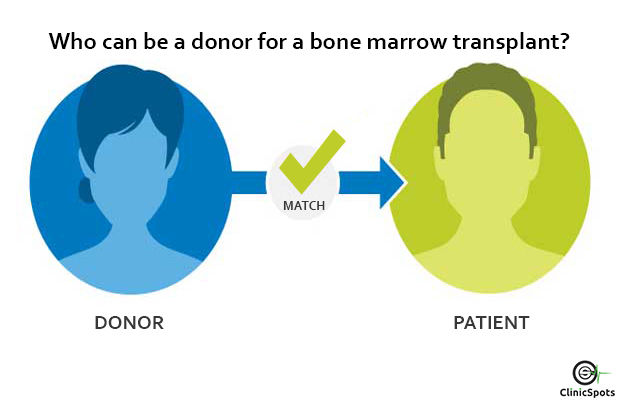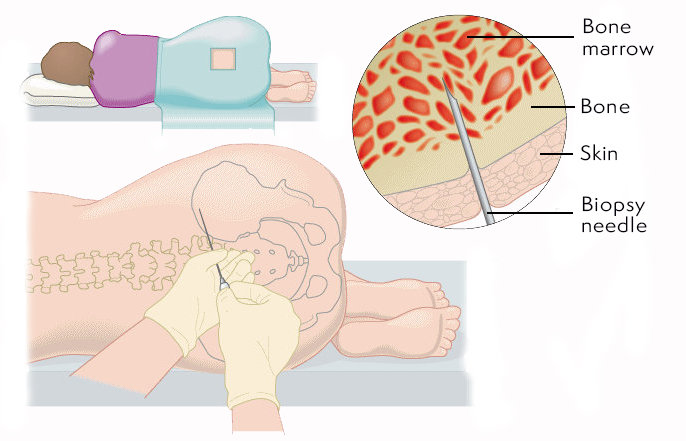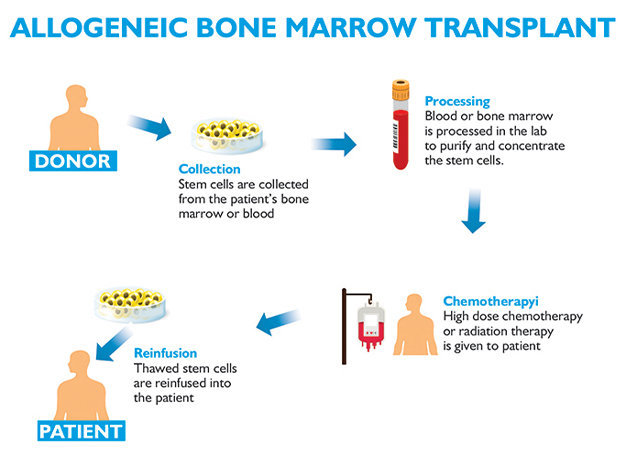Asked for Male | 58 Years
Could I Have Metastatic Disease from Lung Cancer?
Patient's Query
. Heterogeneous Soft Tissue Nodule in the Right Lower Lobe (RLL) Size: 14 x 8 mm This nodule is described as heterogeneously enhancing, which suggests it may have varying levels of blood flow or different tissue densities within it. This could be indicative of a tumor. 2. Air Space Opacification in the Right Upper Lobe (RUL) Finding: There is patchy air space opacification with interlobular septal thickening in the posterior segment of RUL. This could represent infection, inflammation, or more concerningly, metastatic disease or lung cancer causing these changes. 3. Left-sided Pleural Effusion and Subsegmental Atelectasis Pleural Effusion: Mild left-sided pleural effusion is noted. Pleural effusion can occur in the context of metastatic disease or cancer. Atelectasis: This refers to partial lung collapse, which may occur when there is a mass obstructing the airflow or due to pleural fluid. 4. Enlarged Mediastinal and Hilar Lymph Nodes Lymphadenopathy: There are multiple enlarged and necrotic lymph nodes, most notably in the right hilar region, with the largest measuring 35 x 25 mm. Enlargement and necrosis of lymph nodes can be a sign of metastatic spread. The presence of enlarged lymph nodes in the mediastinum and hilum is typical of malignancy spreading beyond the primary lung site. 5. Liver Lesion Size: 14 x 13 mm lesion in the right hepatic lobe, which is well-defined and peripherally enhancing. A hypodense lesion could indicate a metastatic tumor, especially since it shows peripheral enhancement, a characteristic of some types of metastases. 6. Skeletal Lesions Multiple Lesions: There are mixed lytic and sclerotic bony lesions, some with soft tissue components. These lesions involve the vertebrae, ribs, glenoids, sternum, sacral ala, iliac bones, and femur. Soft Tissue Components: Some of the lesions, such as those in the ribs and iliac bones, have a soft tissue component, which suggests more advanced involvement, possibly indicating metastases. 7. Other Findings: No signs of emphysema, bronchiectasis, or pneumothorax were noted, which is reassuring as it reduces the likelihood of certain types of lung diseases. The liver, spleen, pancreas, kidneys, urinary bladder, and prostate all appear normal on imaging, which helps to rule out major issues in these organs. Impression: The findings of a heterogeneously enhancing solitary pulmonary nodule in the right lung, with associated hilar and mediastinal lymphadenopathy, along with a hepatic lesion and extensive skeletal involvement (with mixed lytic and sclerotic lesions), strongly raise concern for metastatic disease, most likely originating from the lung. The primary lung cancer is a potential consideration, though other primary sites are also possible. Next Steps: Histopathological correlation: This means a biopsy or tissue sample should be taken from one of the lesions (pulmonary, hepatic, or bone) to confirm whether the lesions are malignant and, if so, to identify the type of cancer. This will help determine the best course of treatment. The overall picture suggests a metastatic malignancy, likely of pulmonary origin, but further investigations and biopsy are essential to establish a definitive diagnosis and treatment plan.
Answered by Dr. Donald Babu
The imaging results indicate several concerning findings, including a nodule in the lung, fluid around the lungs, and enlarged lymph nodes, which could suggest a more significant issue, possibly a spread of cancer. While these findings can be alarming, they do require careful evaluation. I recommend consulting your oncologist for a thorough discussion and potential biopsy, which is crucial for accurate diagnosis and treatment options.

Oncologist
Questions & Answers on "Cancer" (368)
Related Blogs

Who can be a donor for a bone marrow transplant in India?
Are you wondering who can be a donor for Bone Marrow Transplant in India? Then you are in the right place, below is the in-depth information about it.

Bone Marrow Transplant in India: Advanced Treatment Solutions
Discover advanced bone marrow transplant options in India. Trusted specialists, state-of-the-art facilities. Find hope and healing with personalized care.

Risks and Complications of Bone Marrow Transplant in India
Here is the in-depth list of all the risks and complications involved in the bone marrow transplant.

What is the Allogeneic Bone Marrow Transplant Cost in India?
Below is in-depth information and cost on Allogeneic Bone Marrow Transplant in India along with some of the best doctors to treat it.

Dr. Sandeep Nayak - Best Oncologist in Bangalore
Dr. Sandeep Nayak - Best oncologist in Bangalore. Experience of 19 years. Consults at Fortis, MACS & Ramakrishna. To book an appointment, call @ +91-98678 76979
Cost Of Related Treatments In Country
Top Different Category Hospitals In Country
Orthopedic Hospitals in India
Heart Hospitals in India
Prostate Cancer Treatment Hospitals in India
Kidney Transplant Hospitals in India
Cosmetic And Plastic Surgery Hospitals in India
Dermatology Hospitals in India
Endocrinology Hospitals in India
Gastroenterology Hospitals in India
Gynaecology Hospitals in India
Hematology Hospitals in India
Top Cancer Hospitals in Other Cities
Cancer Hospitals in Chandigarh
Cancer Hospitals in Delhi
Cancer Hospitals in Ahmedabad
Cancer Hospitals in Mysuru
Cancer Hospitals in Bhopal
Cancer Hospitals in Mumbai
Cancer Hospitals in Pune
Cancer Hospitals in Jaipur
Cancer Hospitals in Chennai
Cancer Hospitals in Hyderabad
Cancer Hospitals in Ghaziabad
Cancer Hospitals in Kanpur
Cancer Hospitals in Lucknow
Cancer Hospitals in Kolkata
- Home >
- Questions >
- . Heterogeneous Soft Tissue Nodule in the Right Lower Lobe (...